
Browse our handpicked selection of vehicles that currently carry a very favorable book value in relation to where they are priced.
If you are looking for a vehicle that could help relieve some negative equity pain in your current vehicle, these selections could help get you on your way.
Maybe you just want to make a great buy and purchase a vehicle priced well under current book value. Taylor's AutoMax is here to help! Click here!
Sincerely,
Your Taylor's Auto Max Team
If you just bought a new vehicle, whether it’s a brand-new model or simply a new car for you, you’re going to want to keep your new ride in tip-top shape. On top of looking good, a properly maintained vehicle will operate better and when the time comes to get a newer model, will get a better trade value. Read more to learn a few of our tips on how to best take care of your car, and click here to take a look at our current inventory.
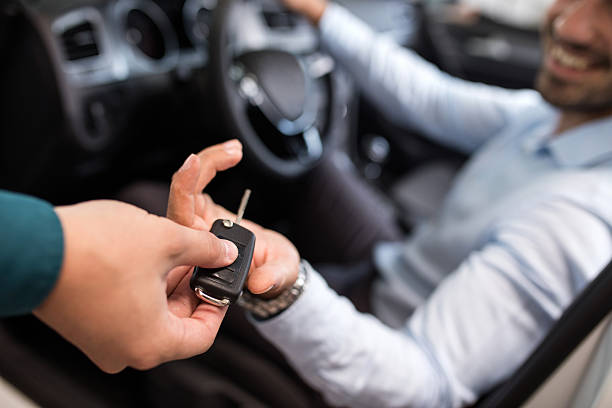
1. Inspect and Maintain Tires
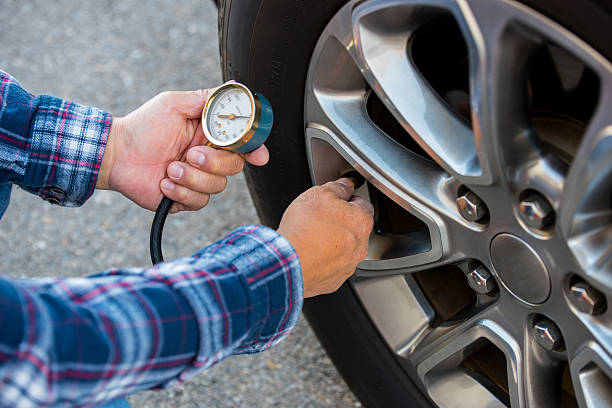
Knowing how to check and maintain your car’s tire pressure can help reduce wear on the tires and ensure you’re getting good gas mileage. A recent report from the Rubber Manufactures Association, the national trade association for tire manufacturers, revealed that only one of every six vehicles on the road today have their tires inflated correctly, and only 15% of drivers know how to correctly check their tire pressure.
Properly checking your car’s tire pressure includes finding the recommended pressure for your specific vehicle, checking the PSI in the tires, and inflating or deflating the tires accordingly. The ideal tire pressure for your car can be found printed on a sticker located on the inside panel of your driver’s side door or on the door frame.
You should always check your tire pressure in cool temperatures, ideally after your car has been sitting in a shaded area for at least 8 hours. You should also use your own tire gauge that you are sure works properly.
You should check your tire pressure at least once a week to help conserve fuel, reduce wear and tear on your tires, and to keep yourself safe by reducing the risk for an accident. According to the National Highway Traffic Safety Administration, improperly inflated tires contribute to more than 600 fatalities and 33,000 injuries annually in the United States.
2. Change the Oil
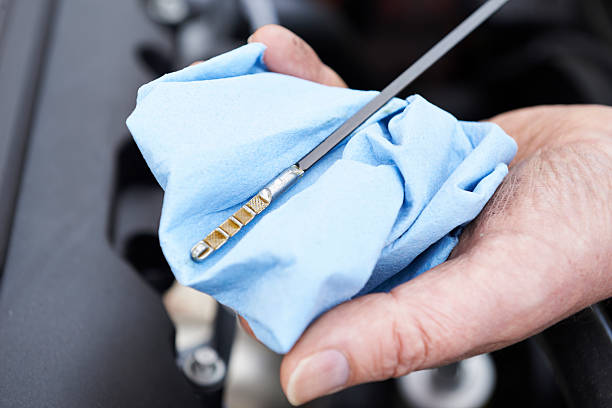
Routinely checking and changing your car’s oil is essential to keeping the engine in its best condition. We recommend checking your oil each month and changing it as directed in the car’s owner manual.
You can check your own car’s oil easily at home or you can get it checked at an Auto Service Center. If you’re checking your oil, first make sure your car is parked on level ground and that your car is turned off. With the hood of the car lifted, be careful to not touch any hot or dangerous components of the vehicle. Locate the oil dipstick in the engine and wipe it clean with an old rag or paper towel. Next, insert the dipstick back into its tube and push it all the way back in. Pull it back out, and this time look at both sides of the dipstick to see where the oil is on the end. Different dipsticks will have different indicators for what the oil level should look like, some will have the letters “L” and “H”, some will have the words “Min” and “Max”, and some will just have a symbol or hole punched through. If the oil streak you just made on the dipstick is between the two marked spots, your oil level is fine. But if the oil is below the minimum mark, you need to change your oil.
If you plan to change your car’s motor oil, be sure learn the proper steps for draining the fluid, setting the correct oil level, and disposing of the old oil.
Regardless of who checks and changes your oil, as the car owner, you should know exactly what kind of motor oil to use on your vehicle. There are three things to consider for your vehicle’s oil, including the oil viscosity, whether to use synthetic or non-synthetic oil, and your car’s mileage. Your vehicle’s age, the climate you drive in, and your own driving style can also be factors for choosing a motor oil. There are a few primary engine oil types to choose from, including Conventional Oil, Synthetic Oil, Synthetic Blend Oil, and High Milage Oil. Always follow the vehicles owner’s manual to determine the proper viscosity grade, engine oil specification, and oil drain interval.
If you’re still not sure what oil to choose for your vehicle, or you’d like to schedule an oil change, you can book an appointment with our highly knowledgeable and friendly Service team.
3. Check the Fluids
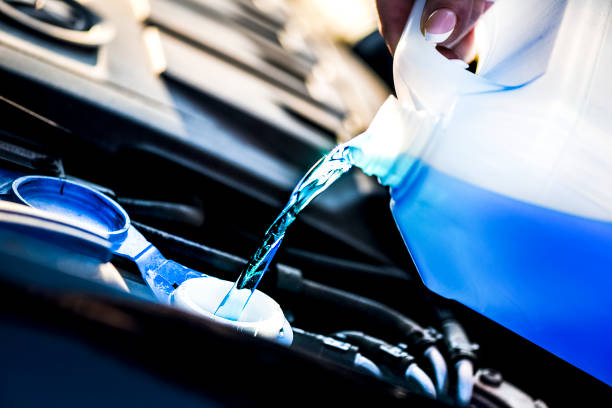
There are several fluids used in your vehicle that should be kept at specific levels to help keep your car running properly. According to Popular Mechanics, you or your mechanic should check:
- Engine Oil
- Coolant
- Power steering fluid
- Brake fluid
- Transmission fluid
A leak with any of these fluids can affect the way your car drives. If you spot a leak, you may be able to identify the fluid by its color.
- Light Brown to Black: Engine Oil
- Red or Brown: Transmission Fluid
- Clear, Red or Brown: Power Steering Fluid
- Transparent Yellow to Brown: Brake Fluid
- Green, Orange, Pink or Blue-Green: Coolant
- Clear: Water
4. Test the Lights
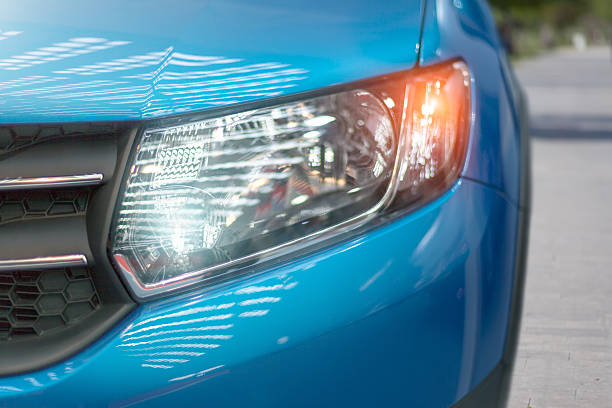
A broken or burnt-out bulb is a safety hazard and it could get you a ticket while driving. Inspect the headlights, taillights, and all other lights in and on your vehicle. If a bulb is out, take your car to one of our experts to determine whether the bulb or the fuse needs replacing.
Headlights are a key safety feature on every vehicle. Consider taking a few extra steps to help keep them shining bright by keeping the lenses clean and replacing bulbs as they start to dim.
5. Replace Windshield Wipers
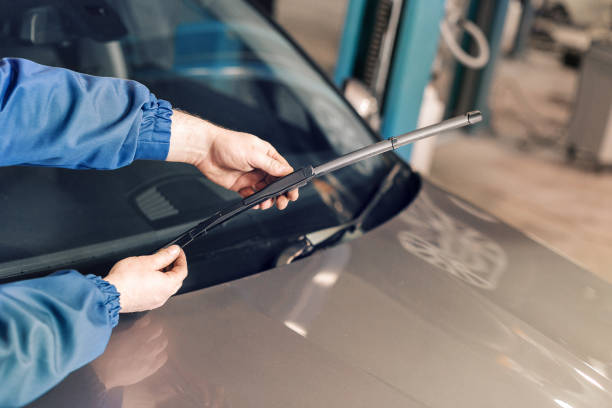
If your wipers aren’t working like they should, don’t let the problem linger. Damaged or worn-out blades can reduce visibility during a heavy rain or a snowstorm. In addition to safety concerns, old windshield wipers can cause damage to your vehicle. With worn-out wipers, dirt and debris can get pushed into existing windshield chips and cracks. Old windshield wipers won’t brush the surface of the glass smoothly, and it can create unnecessary pressure against the glass, which can then cause the wipers the push dirt and debris into chips and cracks on your windshield. This will eventually make it harder to perform a proper windshield repair, and is why it’s recommended that chips and cracks be taken care of as soon as you see them.
Broken or worn-out windshield wipers can also create scratches on your windshield, creating more repairs down the road. Scratches on the windshield can reduce visibility by hindering your ability to see what’s in front of you. Scratches can also create glares in sunny weather that can block your vision and water can seep into scratches that can’t be pushed away by windshield wipers. More scratches will accumulate over time and could eventually require a total windshield replacement!
6. Change your Engine’s Air Filter
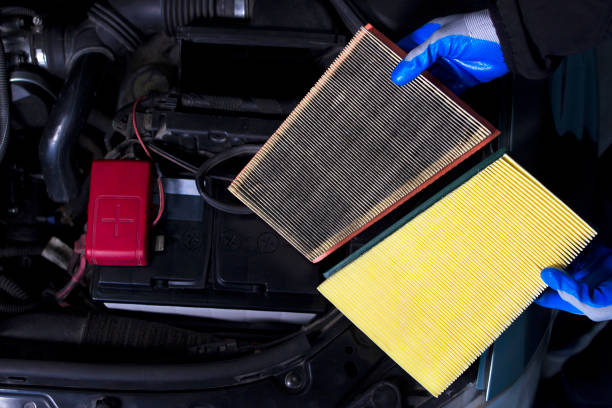
Your vehicle’s system traps contaminants in an air filter made up of paper and synthetic fibers. Over time, the filter becomes filled with dirt and debris, preventing the engine from breathing properly. As a result, the engine will have to work harder and use more fuel, and you could be putting your engine at risk for repairs or a replacement. Changing your engine’s air filter will restore the vehicle’s performance and efficiency, while improving the driving ability of the car and its gas milage. You should check your air filter once a year, and exchange your air filter according to the manufacturer’s specifications in the vehicle’s owner’s manual.
7. Check your Brakes
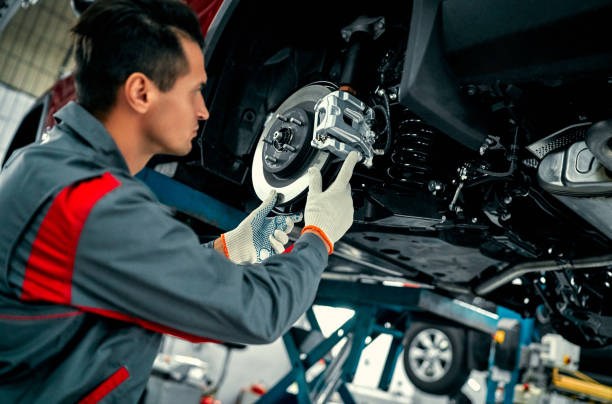
Your car’s brake pads require regular inspection. You may not always think about them, but you count on your brake pads every time you come to a stop. Properly functioning brake pads are an integral part of your vehicle’s braking system, and if they become thin and worn-down, you won’t have full control of stopping your car on the road. Ensure your safety by adding a check on the brake pads to your maintenance routine.
On many vehicles, you can see the brake pads through the holes in the wheels, but you might need a flashlight to help you see. To check the life of the pad, you need to determine its thickness. If the pad looks thin, less than ¼”, it might be time to have them replaced. On some vehicles, a dashboard warning light is activated when the pads have worn down to a minimum level. You can also listen to your vehicle while driving and if you hear a loud squealing noise, or feel shuddering or vibrating coming from the brake pedal, you should take your car to a service center as soon as possible. The Service team at Taylor’s Auto Max has the expert advise you need to know about your vehicle’s brake pads and when to replace them.
8. Check Belts and Hoses
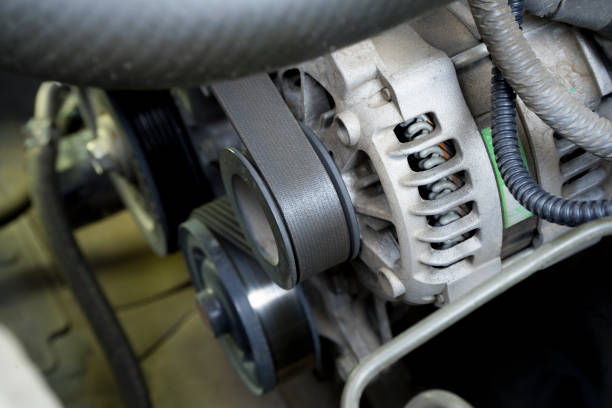
Electrochemical degradation is the most common cause of hose failure. This occurs when chemicals and heat from the vehicle’s system begins eating away the inside of the hoses, causing small pinholes to form. It’s recommended that you should check your car’s belts and hoses every three months or 3,000 miles, or at least at every oil change. Always keep safety in mind when working under the hood, and never touch any hot parts.
Most newer vehicles use one serpentine belt to run all of the accessories. Some older vehicles use a V-belt for each accessory. However, the method of checking the belts is the same. First, look at the top and edges of the belt to see if it’s glazed. A glazed belt will slip and could cause problems such a poor charging or a faulty air conditioner. Also check for dry rot on the belts, that will appear as little cracks on the belt, and keep an eye out for any frayed pieces. Grab and twist the belt 90 degrees, and if it turns more than 90 degrees, the tensioners are not able to keep enough tension on the belt. When you twist the belt, you should also inspect it for any cracks on the ribs of the belt.
9. Wash Your Car
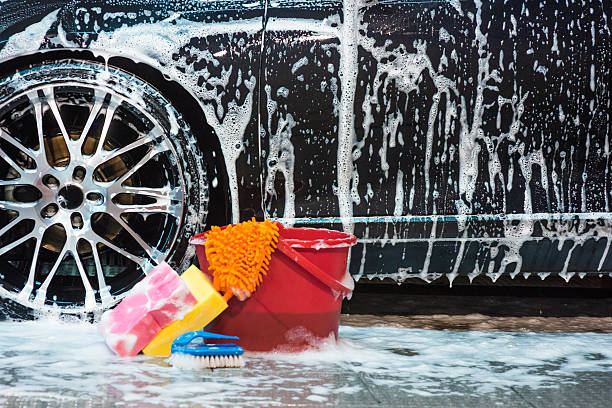
Every day your car is subjected to all sorts of elements, from typical weather like rain, snow and hail, to other natural occurrences like pollen, tree sap, and bird droppings, to man-made compounds like road salt and ice melt. While a build up of these things can be unsightly to the way your vehicle looks, it can also be damaging to the paint and the undercarriage of the vehicle. Not only should the exterior of the car be kept clean and waxed, but the interior should also be cleaned often. Maintaining a clean car can be difficult with busy day-to-day life, but overtime it can lead to body corrosion, faded carpets, and permanent stains. Keeping your car clean may help to prevent long-term damage that could affect the performance of your vehicle, and a better-looking car will always fair better when it’s time for a trade.
It’s suggested that you give your car a good, thorough cleaning at least twice a year, and more often if possible. Drivers who live in areas with cold, harsh winters should wash their car regularly to remove salt deposits that can eventually lead to rust. It’s also advised for these drivers to have their car undercoated with a rust proof spray to avoid salt deposits from building up on the frame and the underside of the quarter panels and fenders. There are also commercial sprays you can purchase that prevent rust and protect your vehicle year-round.
Most new vehicles come equipped with floor mats, but they should always be used. Dirt, debris, food, and other messy things can easily fall to the bottom on your car while entering and driving your car. Particularly in cold winter climates, drivers can bring slush, dirt and ice melt salt into their vehicle. Salt stains can be particularly difficult to get rid of and can get worse over time. Using floor mats that are removeable and can be cleaned or replaced periodically is another great way to help protect the interior of your car, avoid salt, spills, and other types of stains, and ensure that the vehicle retains its value.
10. Get Regular Check-Ups
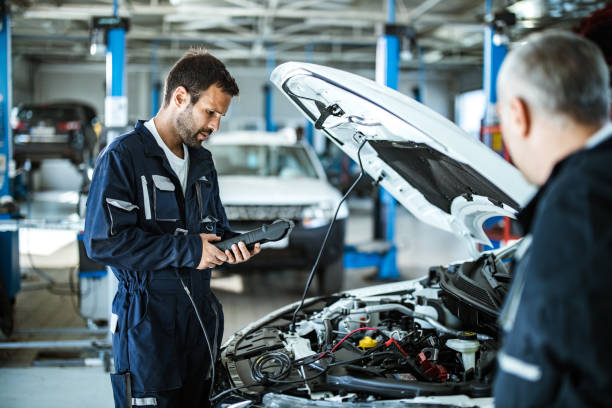
Some routine car care tasks can be done at home, but others require trained technicians. For example, you should always bring your car to a service center if the check engine light comes on. The Service team at Taylor’s Auto Max can quickly inspect the vehicle and diagnose any issues and needed repairs. To schedule an appointment, you can click here to visit our online scheduling page.








